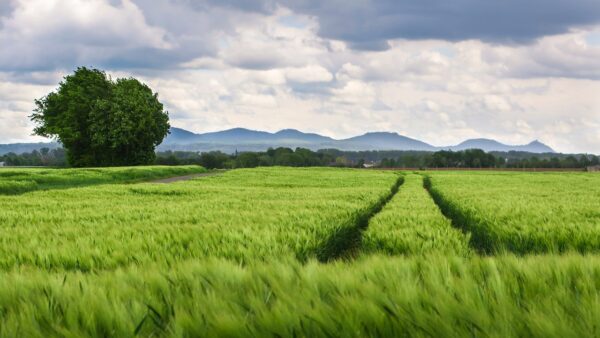Do you think intellectual property (IP) protection encourages competition or hinders it? It might seem like an obvious question to some, but it’s a question on the brain as the USDA reexamines competition in the agriculture sector.
On March 11, the USDA gave stakeholders across U.S. agriculture an opportunity to submit comments on potential changes to IP protection — particularly in the seed, fertilizer and crop protection markets.
The 60-day comment period is a result of the Executive Order on Promoting Competition in the American Economy. On July 9, 2021, President Biden put 72 initiatives into action to address competition concerns in the U.S. economy — seed, in particular, is one being examined currently.
While that comment period is ongoing, Seed World spoke with two experts — James Weatherly, founder of Weatherly IP Solutions and Eloy Corona, executive director of the Seed Innovation and Protection Alliance (SIPA) — to gauge why IP rights are important for encouraging innovation and competition for the future.
Why Does it Matter?
What exactly is IP, and why should it matter when considering innovation and competition within the agriculture industry?
According to the World Intellectual Property Organization, IP refers to creations of the mind, such as inventions, literary and artistic works, designs and symbols, names and images used in commerce. Typically, you’d find these associated with some protection in the form of a patent, trademark or other plant variety protection, in terms of agriculture.
“IP is like a short-term advantage that a company can use for publicly disclosing their invention,” says Corona. “In the agriculture sector, it’s a short window of protection.”
Most patents on traits and germplasm in agriculture last 20 years from the filing date of the patent application — which might seem like a long time, but realistically, is a short timeframe.
“When you look at the seed innovation cycle, it takes a while to develop a variety,” he says. “Depending on the crop, that development time can take anywhere from seven to 16 years, leaving only a portion for commercialization.”
The get the benefit of a patent, though, you must file your patent application within one year of disclosure, public availability or sale of that variety, says Weatherly.
“You have seven to 10 years to develop your variety and trial it to figure out if it’s really going to be commercially viable,” he says. “In some cases, the value in the patent may be in the first few years of the life of the patent, for others it may take a few years after the patent has been issued before it starts seeing traction in the marketplace and in some cases, it could take that entire 20-year span to gain traction.”
As an example, outside the agriculture industry — think of the Keurig cups. That technology didn’t take off until the final years of its patent lifecycle. But, while it only had a few years of patent technology in the marketplace, the brand, Keurig, is still associated with the cups.
But, at the end of the day, even though the timeframe is short, IP protection can still be a wise investment for the future — if for nothing other than protecting a return on investment made.
Stay tuned to see how IP can be a good ROI move.
Want to read more about IP? Check out:
U.S. Seed Sector, Intellectual Property and Policy: The Three Amigos!
Open Source Plant Material And Intellectual Property
USDA Opens Public Comment Period on Competition in Seed and Fertilizer Market
Seed Innovations: How Far Have We Come in Vegetables Flowers?











